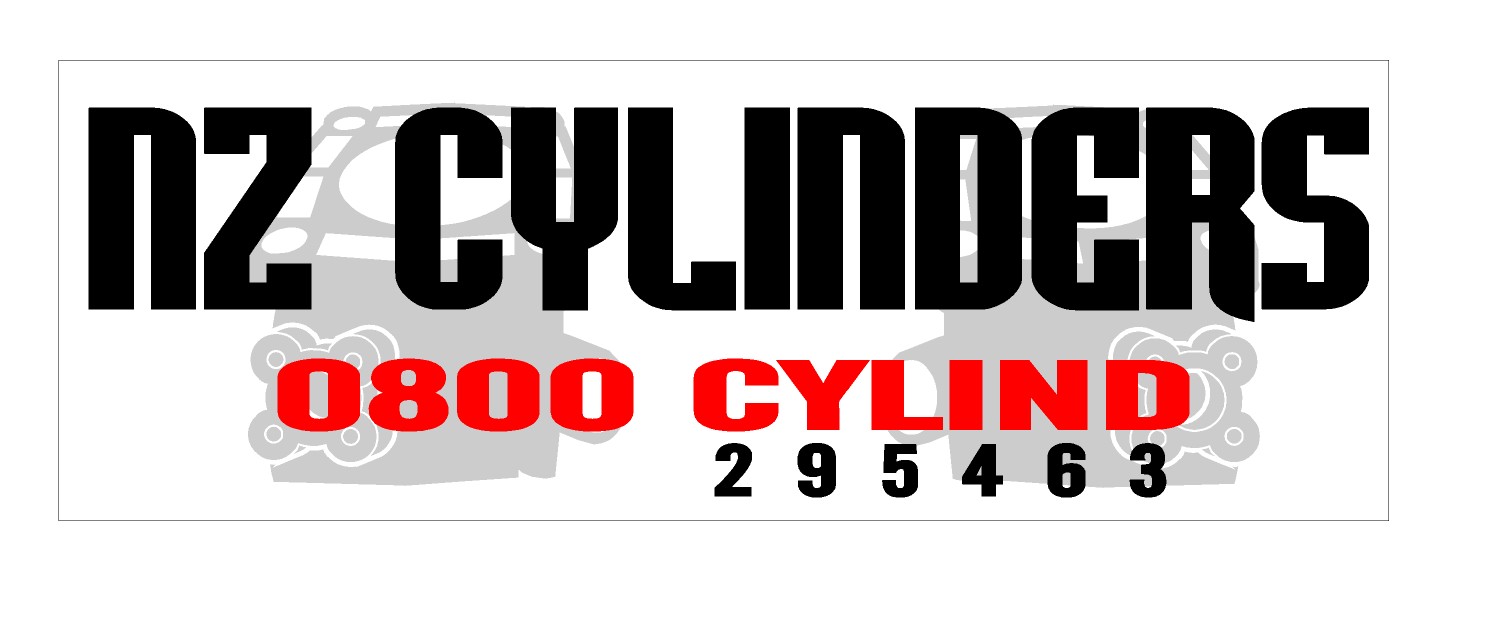
 Welcome to NZ Cylinders
Welcome to NZ Cylinders
| Aprilia, Ducati,Honda, Husqvarna, Kawasaki,KTM, Maxter,Suzuki, Yamaha, Porche, Polaris, SeaDoo, TM |
Watch us turn your problem into a joy to ride
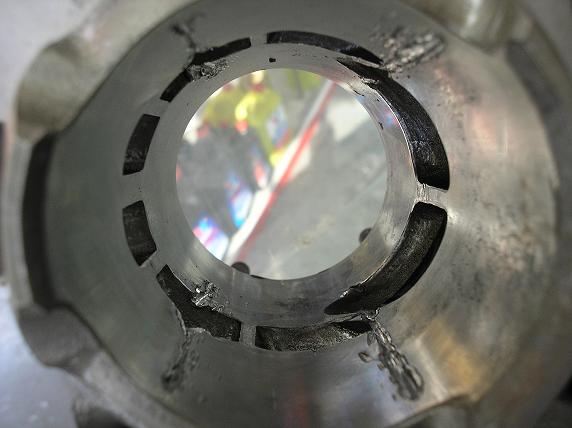 From an "Oh No"
From an "Oh No" 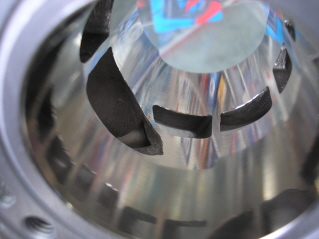 To "wow"
To "wow"
OK lets go through a cylinder repair
1:- login your cylinder, it's most important that you get your cylinder and all it's parts back
All cylinders and parts get their own identification number
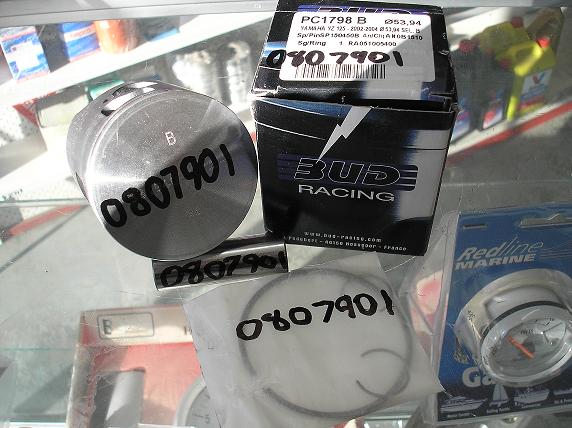
2:- Assess damage

3:- Remove parts- where possible all steel parts must be removed or masked to prevent damage
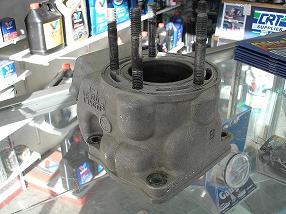
4:- Bead Blast Cylinder; no oil or carbon is allowed to enter the plating room.

5:- Strip old plating; a chemical strong enough to dissolve steel and nickel is used for this.
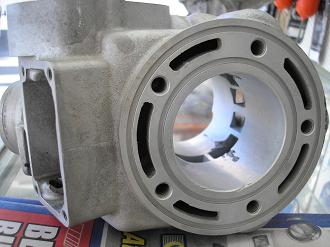
6:- Weld cracks & scores
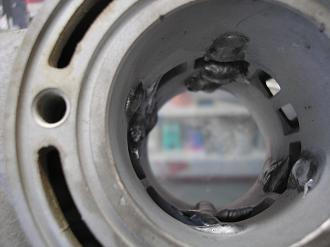
7:- Bore to clean weld or for a big bore piston kit.
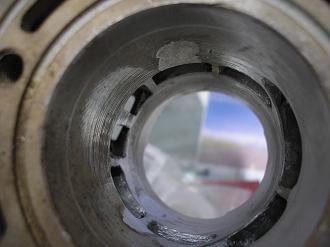
8:- Pre-hone to remove all tool marks; if there is any imperfections left the plating will follow them; & chamfer port edges
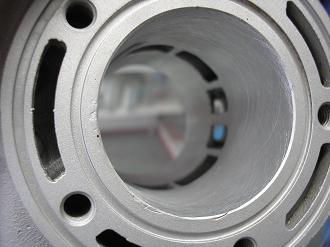
9:- plate the cylinder with nickel silicon carbide (you can see where that brand name comes from)
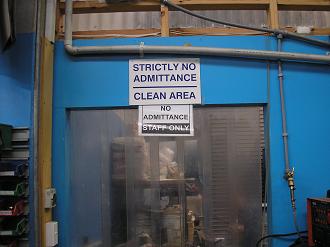
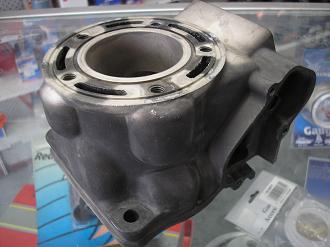
10:- clean the cylinder after plating & strip the excess plating
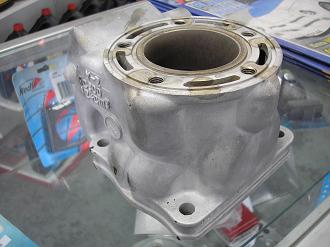
11:- Remove excess plating from edges of ports and bottom of cylinder.
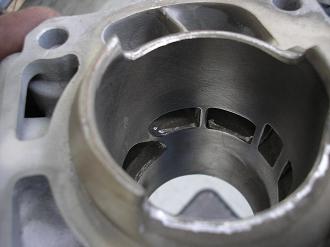
12:- bead blast for that new look
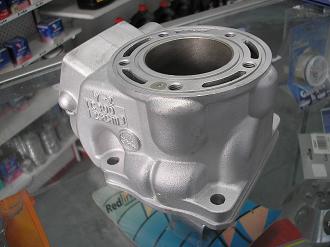
13:- hone the cylinder with diamond tooling
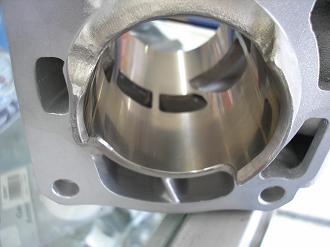
14:- chamfer ports, dress head gasket surface. If you send the power valves with the cylinder we can check that there is no plating build up to make them stick.

15:- Check and pack; bore is check for size specification; imperfections; chamfers for size. All parts that came with the cylinder are checked and counted (they are recorded in a database)
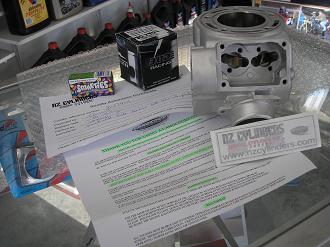
| ©2010 DG Engine Services


 Welcome to NZ Cylinders
Welcome to NZ Cylinders  To "wow"
To "wow"